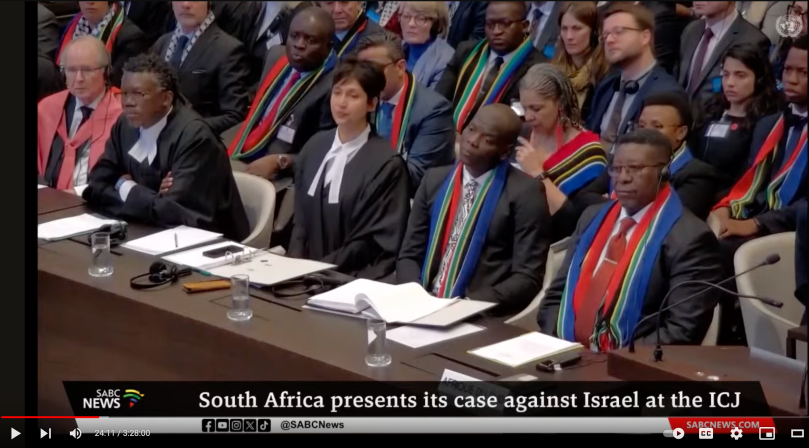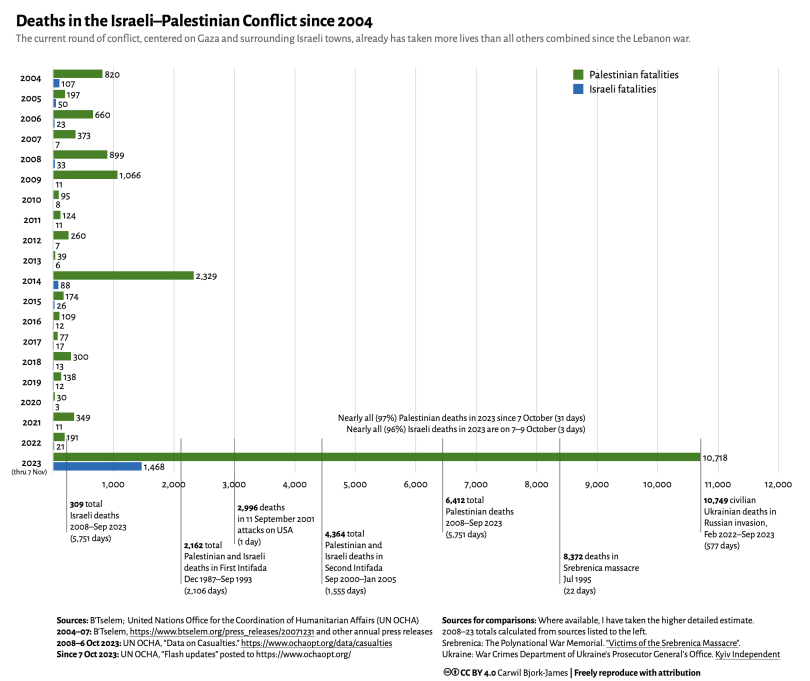The two most compelling comments on the flotilla tragedy I’ve read came from very different sources. One is an Israeli Jew, Udi Adoni, writing on the Israeli online news service Ynetnews. The other is from IHH, the Turkish aid group that sponsored the MV Mavi Marmara, the ship that saw at least nine of its passengers shot dead. At a time when the Israeli state is eagerly telling the world that flotilla, and especially IHH, is Hamas, Iran, al-Qaeda and terrorists; and that the passengers who fought back were a terrorist ambush, the coincidence of these two voices is striking, and critical to hear. (everything that follows is their words0
Udi Adoni, “A view from the Left”: It is not true that among the participants of the flotilla there are proponents of peace and proponents of war. Its beauty lies in the seemingly impossible coalition of contrasts of men and women, homosexuals and clergymen, Muslims and Jews, Christians and communists, anarchists and Hanin Zoabi and Dror Feiler. They all agreed to unite for an unarmed action. They all decided to act for freedom without a fight.
IHH press conference (I’m fairly sure the speaker is Bülent Yıldırım, its president, but it’s not indicated on the page), June 4: Our group was made up of all sorts of people, including leftists, rightists, liberals, conservatives, atheists, muslims, christians, jews, buddhists…Ours was a civil and pacifist initiative created by conscientious, civilian, unarmed people who carried with them nothing but humanitarian aid.
And we set sail to prove to the people of Gaza, who have been under a siege for years which is not unlike an imprisonment in a castle, that human kindness has not yet died.
Keeping our faith in the spirit of civil power, our Freedom Flotilla did not take any orders or any kind of support from any government during its organization. Our power came solely from the conscience of humanity and the courage of our rightfulness. We wanted to be a source of invigoration for the people of Gaza on whom many states turn a blind eye.
Adoni: But I was afraid to stand on board a ship that carries food and hope to Gaza, and to find myself confronting the men of the corps which I had served loyally 30 years ago. Looking back, it is a pity I did not join. I am asked, “Surely you would not have beaten IDF soldiers?” True. I suppose that I would have tied myself to a post and screamed with fear and faith. However, the question is not at all how I would have behaved but whether one has the right to self-defense against maritime terror applied by a state.
IHH: Ours was self-defense. And self defense is legitimate. It has always been legitimate in all systems of law and throughout history. I am a lawyer. I should know this better than anyone. However, we did not defend ourselves with firearms against these terrorists that attacked us with firearms, we did not have such means anyway
Adoni: There were no firearms on board the ship. There were no suicide bombers. On the practical level, opposing worlds, united against the occupation and for the people of Gaza, to a struggle which was not supposed to bring death…but life.
IHH: Now some people are asking, “Why did you go there?”
We did, because we are humans. We went out there because we are humans. The conscience of humanity has not yet died, this we wanted to prove to humanity itself. For this, we went out there.
We went and we will go again.









